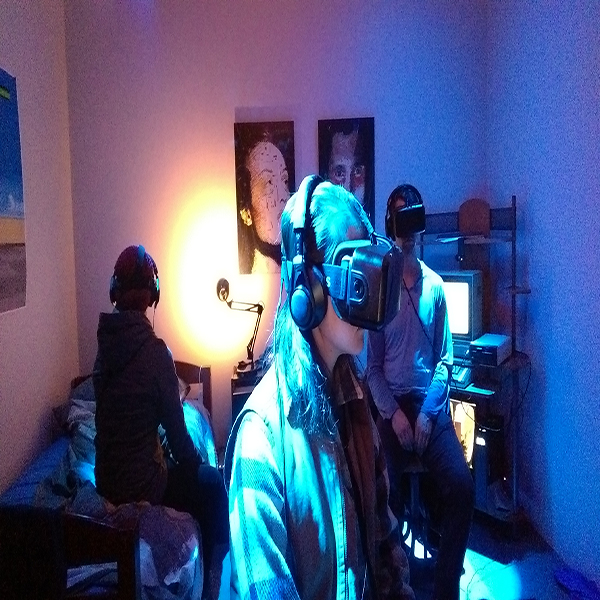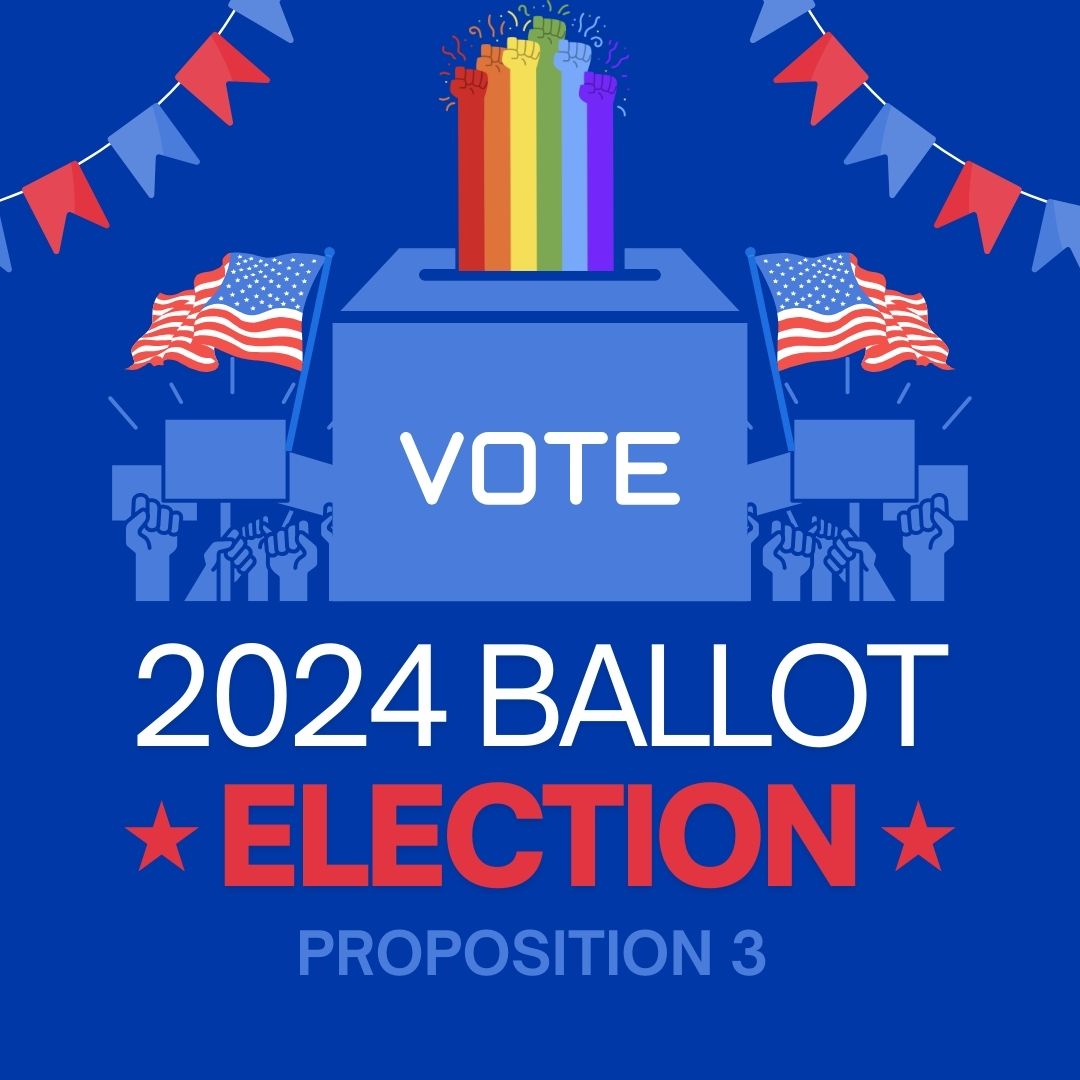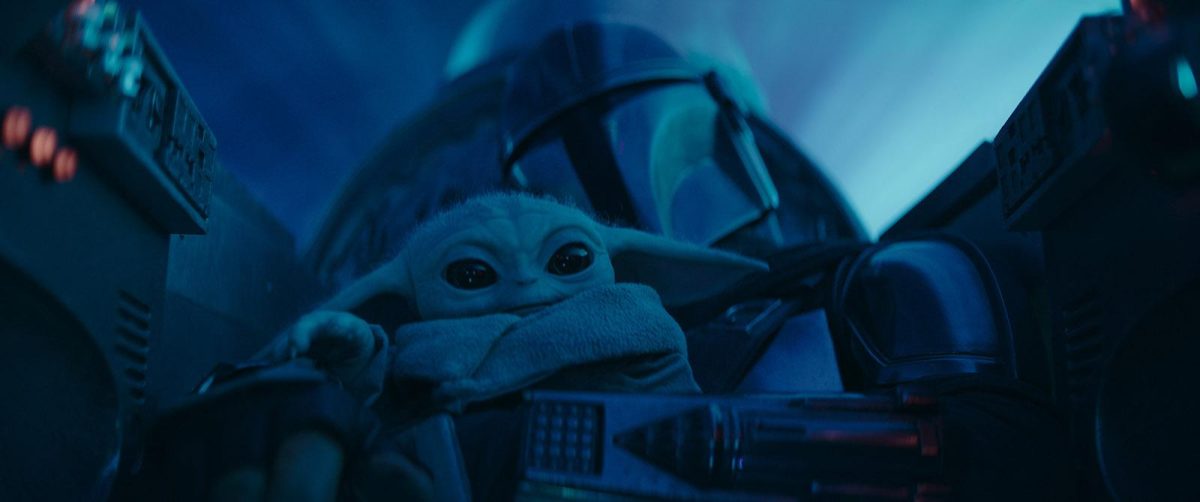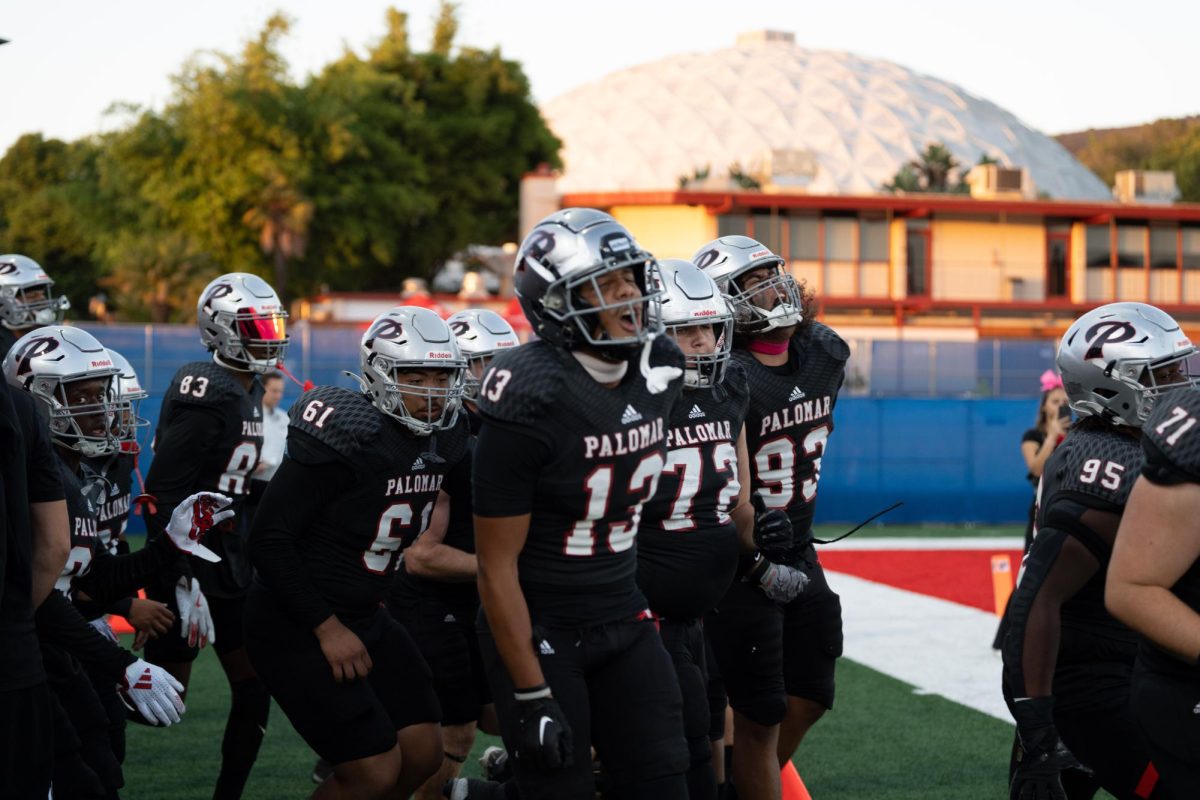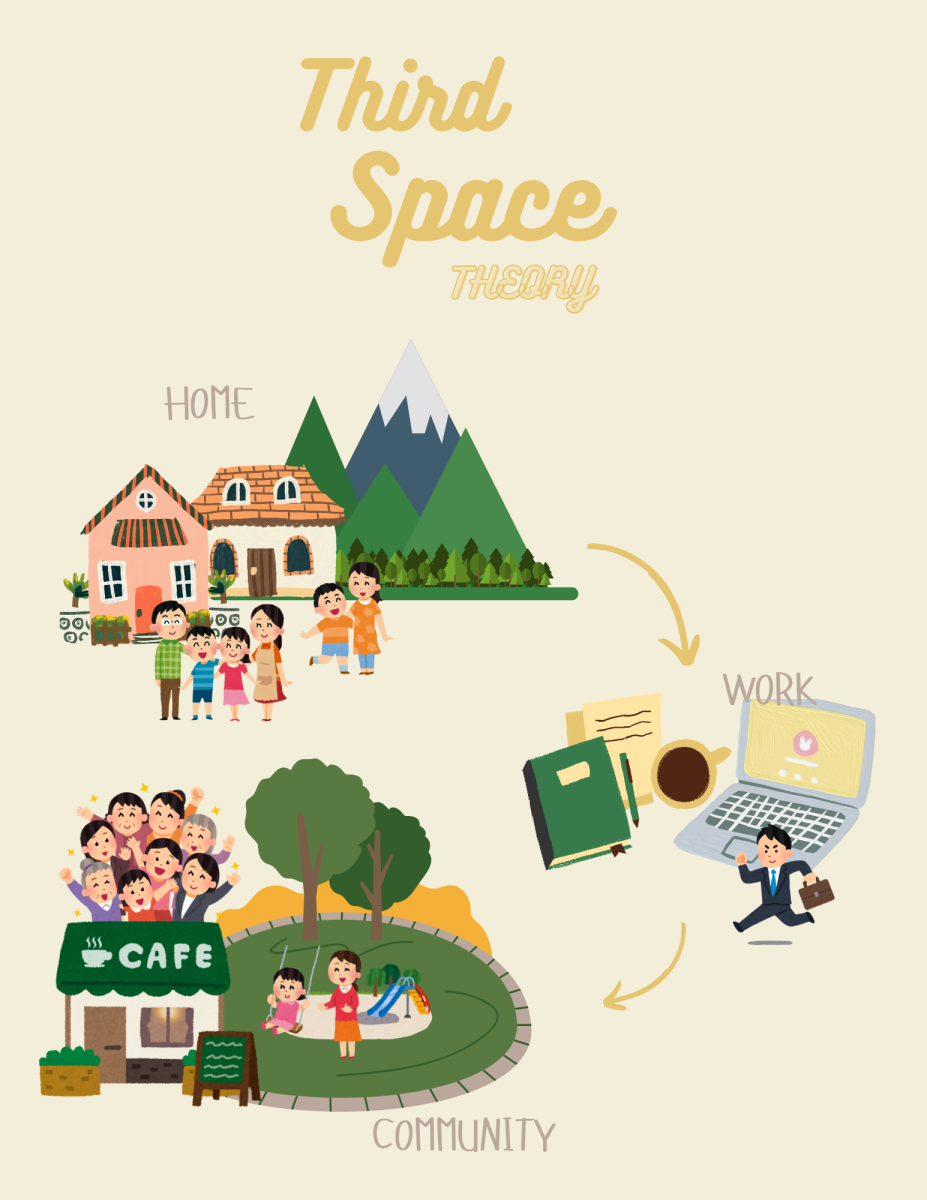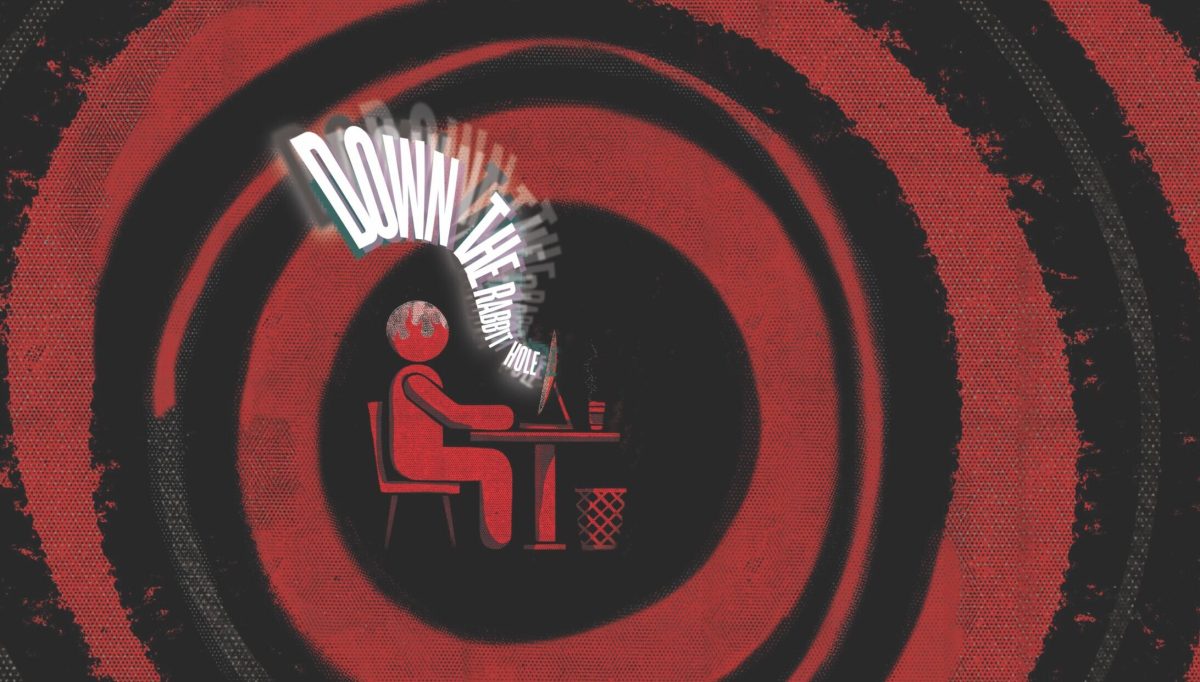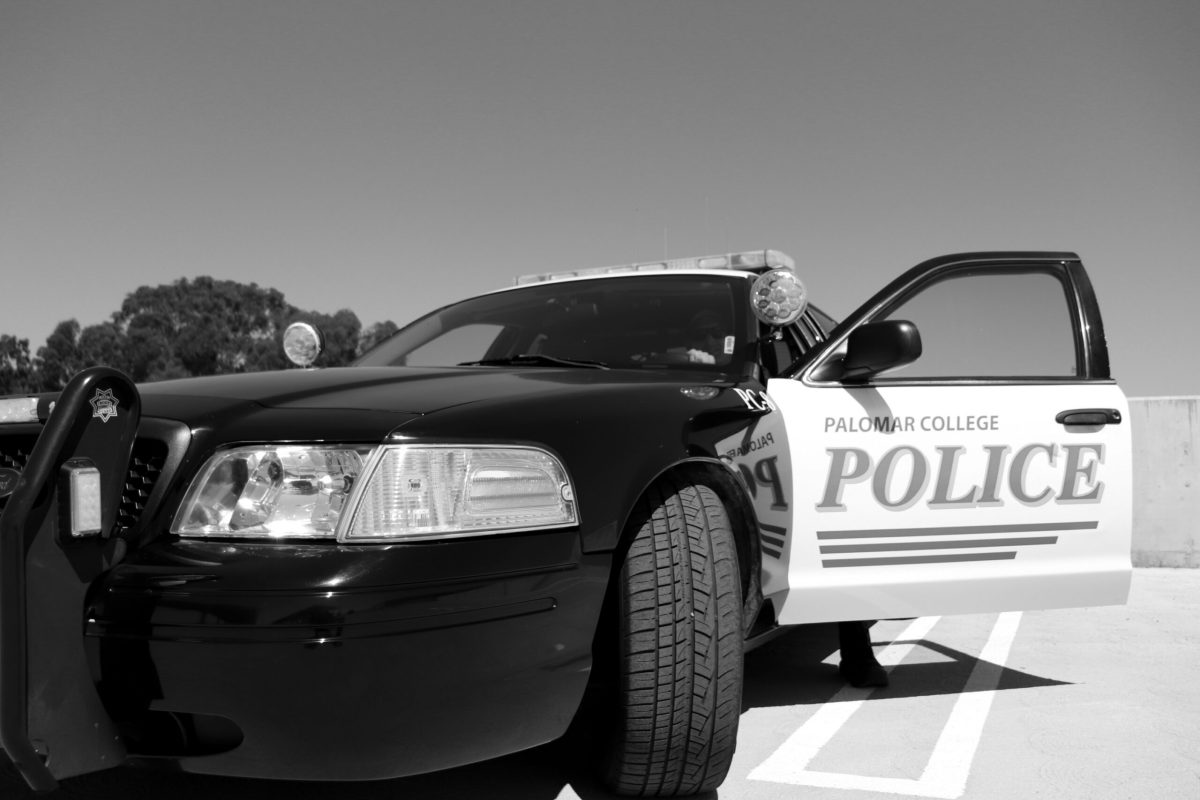The other night I raped a girl. I was drunk at a party and had been flirting with her. Later that night I saw her passed out in a bedroom. A buddy and I took turns with her. She couldn’t say, “No.” She couldn’t say, “Yes.” She couldn’t fight us off.
But I was raped, too. The other night I had a college boy spread my legs apart and take advantage of me. His buddy let him go first. He didn’t try to stop him. No, rather he egged him on. I had passed out on a bed. Everything was a blur. When I regained consciousness I saw that they had written on me. The humiliation I suffered was disgusting.
I took off the Virtual Reality (V.R.) glasses and appreciated what it was like to actually be in someone else’s shoes. As the viewer navigates the scenario from both perspectives, details are seen differently. Is the girl holding the guy’s hand, or is she keeping him at a distance? As unsettling as it was to be a predator, that held no comparison to the incomprehensible demoralization of being raped.
The program titled “Perspective: Chapter 1: The Party,” by Rose Troche and Morris May, was just one of the virtual reality stations at the Sundance Film Festival. There were fun programs, like Kaiju Fury, where you don cardboard designed to hold your smart phone, and watch people try to fight off giant monsters that are attacking the city. Google and DODO-case have these cardboard frames available online, ($6.99 to $24.99). And you can get V.R. Apps online.
My favorite was “Birdly”, where a person lays on a specially designed T-frame with wing controls and flies like an eagle through skyscrapers. The euphoric sensation of true flight (although V.R.) was addicting.
There is nothing stranger than a room of people swinging their heads around with black boxes and headphones on. When it’s you in the apparatus, you know you look like a fool, but you don’t care.
There is going to be a major market for these games: first person shooters, role-playing games, and other games that will envelop the player within the world. The thing that struck me was the different ways a designer could offer a genuine message to promote social change and impact people on a personal level. There were stations about the war in Syria, and the Iranian revolution in 1979. One man, Oscar Raby, designed one to educate the public about a mass execution his father had witnessed in 1973.
The possibilities of these programs are exciting. Of course there will be the leisure games, but this technology can also be used to train police forces how to react in complex situations. Recent events have shed a light on some grievous errors in places like Ferguson, Mo. The military already uses large projection screens to simulate combat situations. With V.R. the realism of potentially being ambushed from any direction becomes possible. Classrooms could become amazing worlds where a professor can provide students with total immersion in a scenario where the students have to make real world decisions. Instead of suffering through long and boring lectures, students can role play or observe lessons in 360 degrees.
Troche and May see the social possibilities of this technology. “The Party” is part of a trilogy where the next installment will be a confrontation between a police officer and a protester. Very soon we all may be able to walk a mile in someone else’s shoes.
